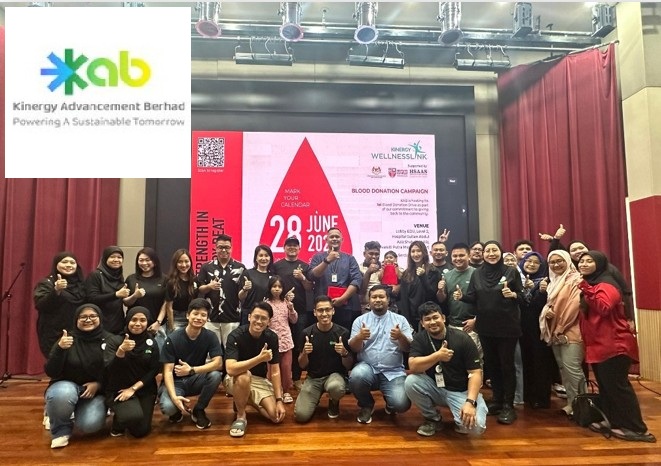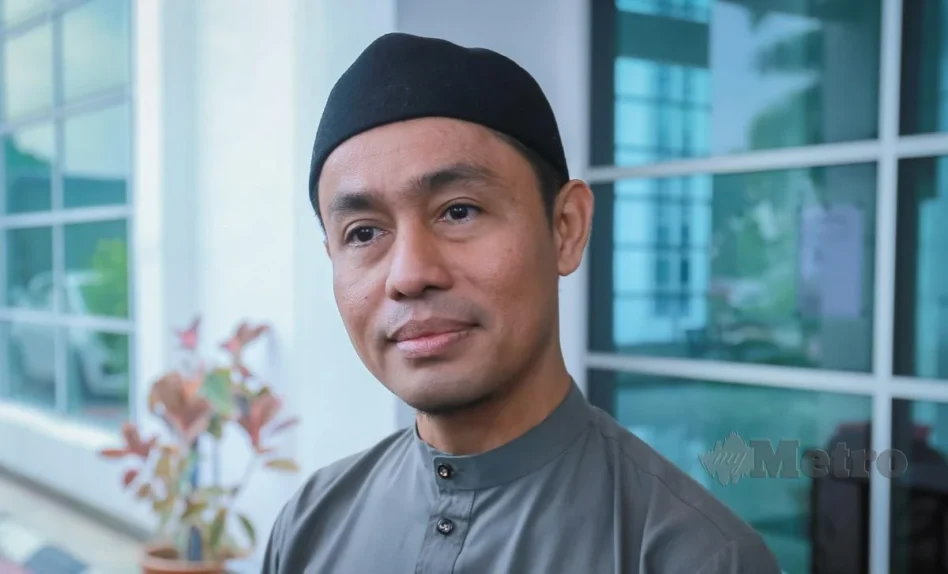By Ameen Kamal
FACTORS that could slow down a vaccination programme could span from the slow uptake of registrations, the registration process itself, hiccups in vaccination campaigns, virus variants, to slow delivery of vaccines from manufacturers.
At the moment, the latter appears to be a major bottleneck for the majority of the world population, and will necessitate a concerted effort locally and globally for the situation to be dealt with.
In Malaysia, there is a clear shortage of vaccines, according to the data provided by the special committee on ensuring access to COVID-19 vaccine supply (JKJAV). Vaccine supply was only at about 1.3 million doses as reported on April 12 whereas registration tops at nine million people, clearly showing that demand is far outstripping supply. The local situation is a micro reflection of the global vaccine inequity, due to global vaccine “warfare” driven by the spirit of “vaccinationalism”.
Minister of science, technology and innovation, Khairy Jalamuddin, who is also the Coordinating Minister for National COVID-19 Immunisation Programme pointed on how global hoarding of vaccine supply by wealthier countries and the apparent preferential treatment by pharmaceutical companies are main contributing factors to the slow and irregular vaccine delivery to Malaysia.
Khairy’s statement is not without basis. According to Bloomberg data as of December last year, the top three countries Canada, the UK, and Australia made vaccine orders that can cover 410%, 295% and 269% of their respective populations.
All subsequent top 30 countries have ordered doses that cover 120% or more of their population.
With widespread practice of vaccination, member nations of such platforms are also likely to explore direct negotiations behind the scenes to increase their individual chances. With visibility on both deals, vaccine suppliers are free to prioritise the best “bang for the buck”.
In relation to the actions of these wealthier nations, Khairy was reported to mention that “Their greedy attitude is the cause of why developing countries like Malaysia and Australia are facing problems with the vaccine supply at this time”.
Thus, it would appear that even a high-income country that has made surplus orders such as Australia is facing vaccine supply problems. This points to limitation in global production capacity, compounding the so-called “greedy attitude” problem even further.
As jointly pointed out by prominent economists Professor Jomo Kwame Sundaram and Professor Anis Chawdhury, vaccine scarcity has been further contributed by intellectual property rights (IPR) of COVID-19 vaccines.
Although the role of IPRs in promoting innovation is a separate debate, it should have been clear that the global health crisis provides humanitarian grounds for special considerations.
Malaysia should find a way to be fully supportive of equitable vaccine access, and whether this is through supporting the World Trade Organization (WTO) Trade-Related Aspects of Intellectual Property (TRIPS) waiver proposal or other means, it will require internal consultations with experts in IPR, economy, foreign relations, trade, public health and international law to formulate balanced strategic moves for Malaysia.
Malaysia and other countries should consider more liberated vaccine supply models, such as the offer from Russia on its Sputnik-V vaccine, as it allows countries to produce vaccines for themselves, effectively reducing reliance on other nations.
Additionally, it allows manufacturing countries to participate in the global vaccine production scale-up, opening up more doses to be accessed by poorer nations.
Vaccine supply package associated with more affordable vaccines (instead of profit maximisation) that includes technology transfer, significant capacity building, investments, collaborative research and development could be a middle ground between complete waiver of IPRs and complete concentration of vaccine manufacturing.
Assuming this foreign supply bottleneck is bypassed, the first local hurdle that could be delaying the programme would start from registration rates and its processes.
Observing the data only within this period would indicate a steady linear growth, and we can get registrations of 24.28 million (estimated population above 18 years old) within six months.
Although current circumstances and trend indicate that registration rate may not be the biggest limiting factor, the steady rate is unlikely to be sustained indefinitely when combining all data set.
Relatively, some have suggested to improve the vaccine registration process by allowing people to choose their own time and date.
This is theoretically doable, but authorities will need to be sure when and how many doses of vaccines will arrive, and where these will be distributed to. But we’ll need vaccines to arrive here first and as discussed, that is currently the biggest limitation.
In light of the reports of vaccines with relatively low effectiveness and vaccines with reduced effectiveness against COVID-19 variants (and depending on the details of vaccine supply agreements), perhaps the wait for more vaccine delivery is an opportunity that could allow authorities room for negotiation and to re-strategise its pipeline of vaccine brands, versions, and dose quantities.
As forecasted, the UK and South African variants have been reported in Malaysia and some vaccines have been reported to face unsatisfactory effectiveness against these mutated viruses.
It’s worthwhile to consider requesting the most updated versions of these vaccines, or explore other types. It could be only a matter of time before the Brazilian (P1) variant arrives, and given emerging reports from vaccine trials done in Brazil which reported relatively poor effectiveness.
In the case where vaccines supply match or exceed the number of registrations, and if registration picks up pace, the next hurdle will the vaccination roll-out. Operational setbacks may not only come from infrastructure or logistics, but also human error.
We are now entering Phase 2 of the programme, and so far, there has been no serious indication of operational hiccups in Phase 1. Of course, it may also be that we simply haven’t had enough vaccines to strain local resources to its utmost limits. Time will tell if this remains the case.
As mentioned by the COVID-19 Immunisation Task Force (CITF), less than half of the 1,424 vaccination centres nationwide are operating, and it would be opened progressively as more vaccines arrive. – April 19, 2021
Ameen Kamal is the Head of Science & Technology at EMIR Research, an independent think tank focused on strategic policy recommendations based on rigorous research.
The views expressed are solely of the author and do not necessarily reflect those of Focus Malaysia.









